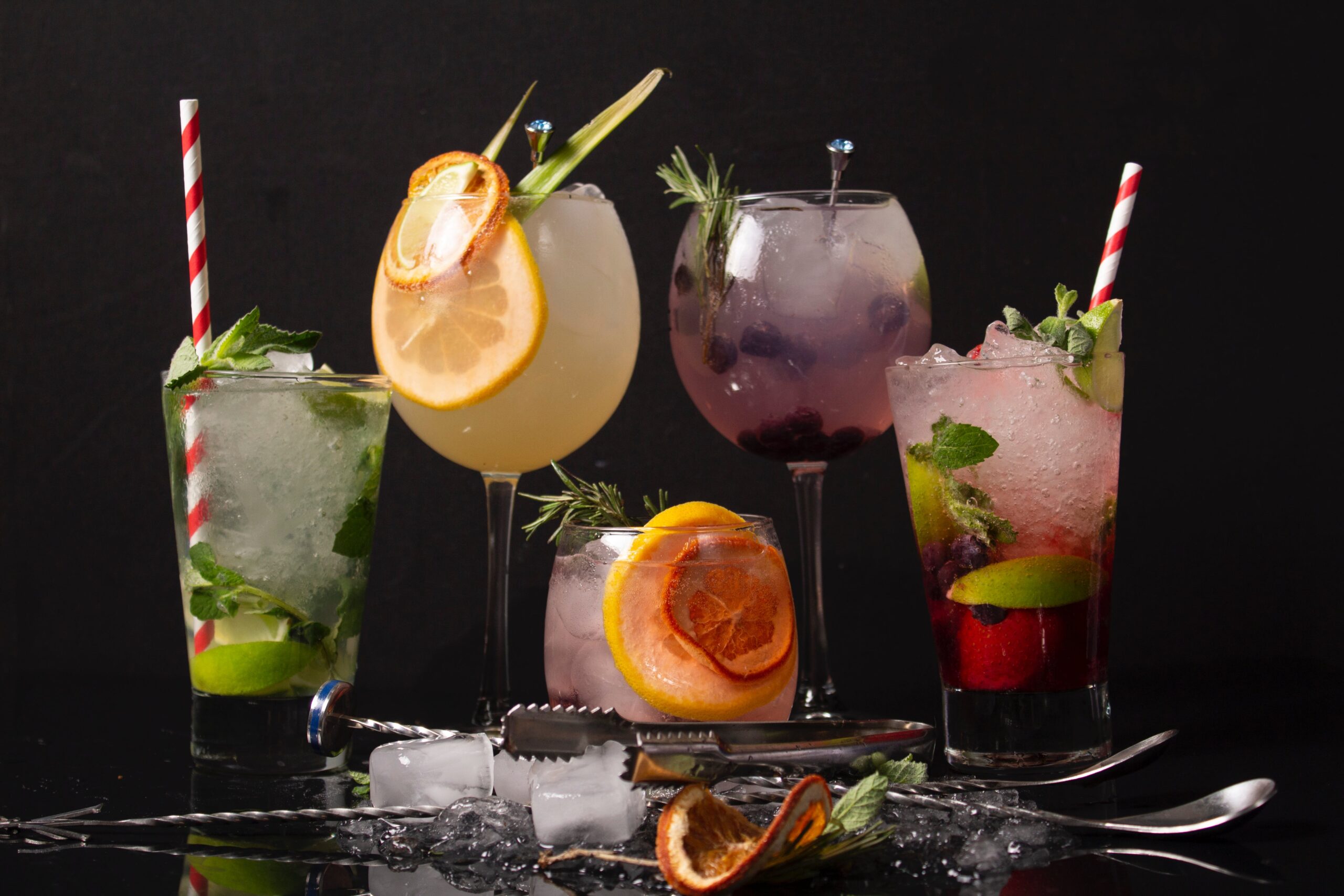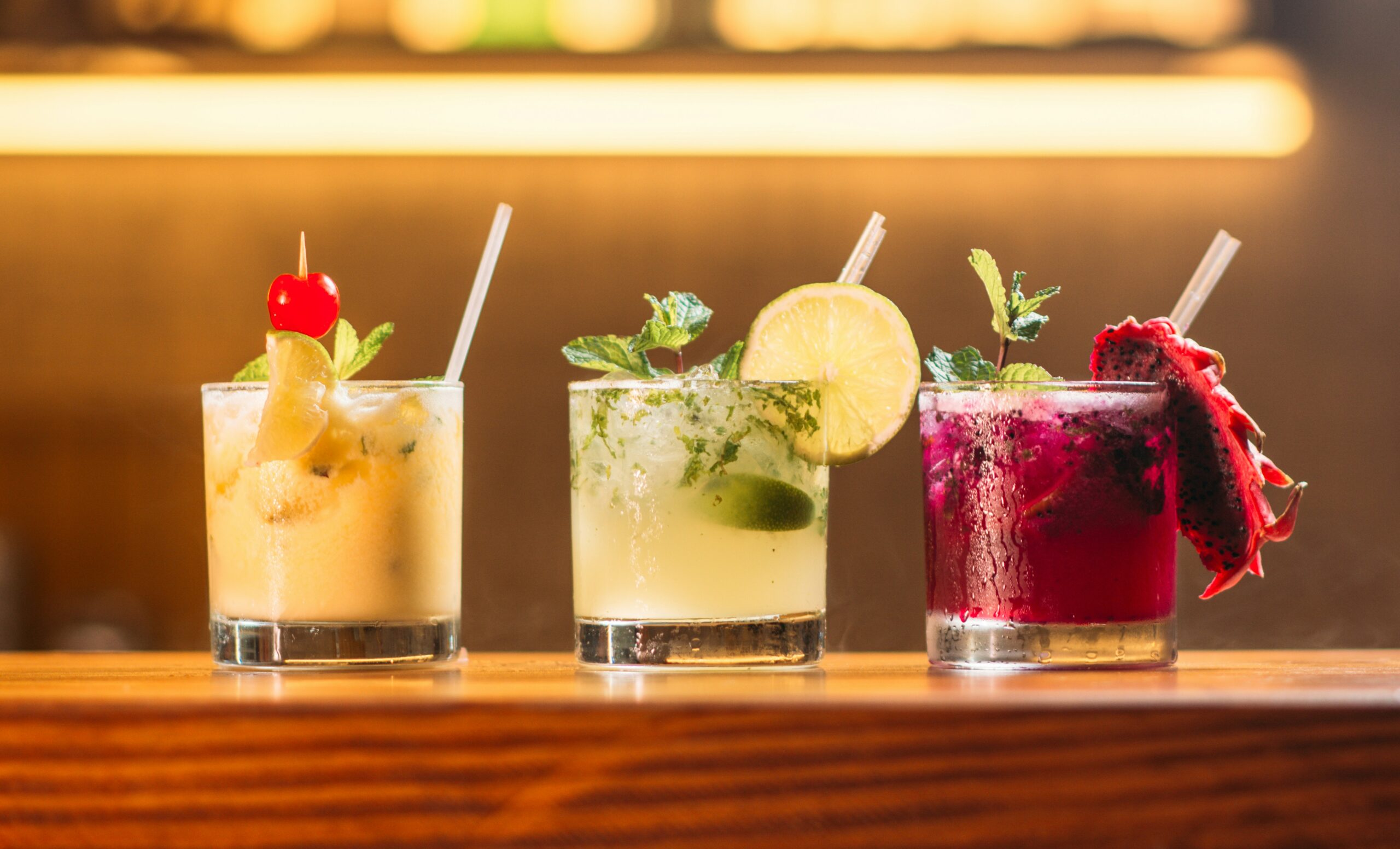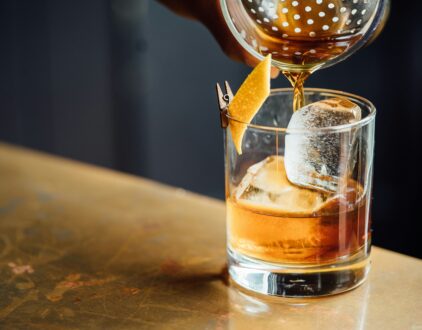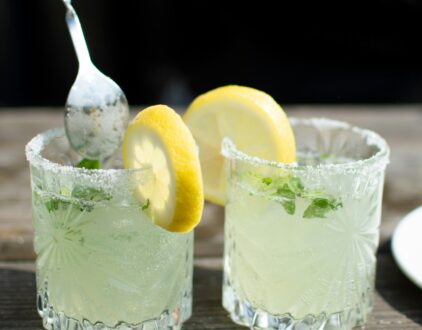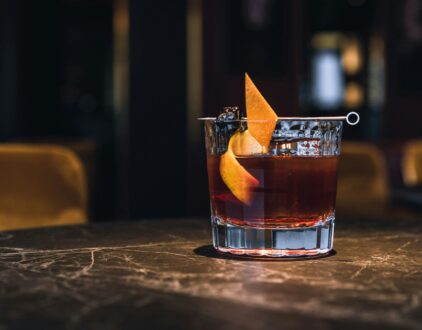Mezcals are spirits generally derived from agave, while tequila is a spirit from Blue Weber, a family of the agave plant. They are more similar than most people realize, however, we are often made to love one over the other. No real contest here, as both spirits are essentially the same and it almost always comes down to personal preference. If you like your cocktails to run juicy and smooth, Tequila does it better, but if you like your spirits smoky, Mezcal is definitely your pick.
The Mezcal vs Tequila debate is the most popular in traditional drinking, but if you are new to the conversation, this is your cue to pick a side.
Origins and Making
Tequila: Produced in Mexico, specifically in the state of Jalisco and municipalities of Guanajuato, Michoacán, Nayarit, and Tamaulipas. Tequila is made by distilling the the blue agave plant (Agave tequilana), followed by preservation in barrels for ageing.
Mezcal: Mezcal is typically produced in several states across Mexico, including Oaxaca, Guerrero, Durango, San Luis Potosí, Puebla, and others. Mezcal can be made from various types of agave, with over 30 different species allowed. The most common agave used is Espadín. The agave (piñas) for mezcal are traditionally cooked in earthen pits lined with lava rocks, wood, and charcoal, giving mezcal its distinctive smoky flavor. It is then crushed, fermented, and distilled.
The making of Mezcal involves more traditional methods than tequila.
Flavors
Blanco Tequila (Silver): Unaged or aged less than two months in stainless steel or neutral oak barrels, offering a clear appearance and a fresh, agave-forward flavor.
Reposado Tequila: Aged between two months and one year in oak barrels, providing a light golden color and a smooth, balanced flavor with hints of oak.
Añejo Tequila: Aged between one and three years in oak barrels, resulting in a darker color and a richer, more complex flavor profile with notes of vanilla, caramel, and spice.
Extra Añejo: Aged over three years, offering a deep, sophisticated flavor with pronounced oak, dried fruit, and chocolate notes.
Joven Mezcal (Blanco): Unaged or aged up to two months, with a clear appearance and a strong, smoky flavor due to the traditional cooking process.
Reposado Mezcal: Aged between two months and one year, with a slightly mellower flavor and subtle oak influences.
Añejo Mezcal: Aged over one year, providing a smoother, more refined taste with complex layers of smoke, oak, and sometimes caramel or chocolate.
Servings
Tequila can be served neat or on the rocks to fully appreciate their flavors. It is a popular spirit for cocktails like margarita, tequila sunrise, and paloma. Mezcal is traditionally enjoyed neat, with a slice of orange and a sprinkle of sal de gusano for flavors. Mezcal’s smoky profile adds a unique twist to cocktails. Try it in margarita, negroni, or simply replace tequila with mezcal in your favorite recipes.
popular posts
- 1It’s Black Business Month, So Let’s Go Shopping and #BuyBlack!
- 2Cortisol Cocktail: A Yummy Drink With All The Health Benefits
- 320 Deliciously Simple Tequila Drinks With Only Two Ingredients
- 4These Are the 10 Things You Should Never Put in the Dishwasher
- 5A Look Inside Elon Musk's Tiny $50,000 House
Bar
FOLLOW ALONG ON INSTAGRAM
#homeandtexture
Find us on social for more home inspiration where culture, personal style, and sophisticated shopping intersect to help you create a home where you love to live.


